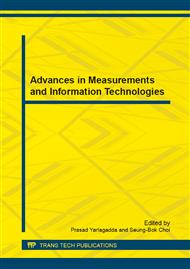p.724
p.729
p.734
p.739
p.743
p.751
p.756
p.760
p.764
New Information and Communication Technologies' Application Process and Pattern of Commerce
Abstract:
With EDI, Internet, e-commerce and other key technologies, the application process can be divided into three stages: data processing stage represented by EDI, rapid popularization stage brought by Internet and diversified stage with e-commerce. The commercial activities in China has widely used information to strengthen competition to a certain degree. Enterprises of different industries, types and scale vary greatly in application of ICTs. From the perspective of application method, the current situation of application of ICTs by commercial enterprises in China is characterized by high network application and popularization rate, emerging of e-commerce enterprises and wide application of information system software. The e-commerce development in China obviously centralizes in Beijing-Tianjin-Hebei Region, Jiangsu-Zhejiang-Shanghai Region and Pearl River Delta as well as Shandong Peninsula and Cheng-Yu area to a certain degree.
Info:
Periodical:
Pages:
743-750
Citation:
Online since:
February 2014
Authors:
Keywords:
Price:
Сopyright:
© 2014 Trans Tech Publications Ltd. All Rights Reserved
Share:
Citation:


